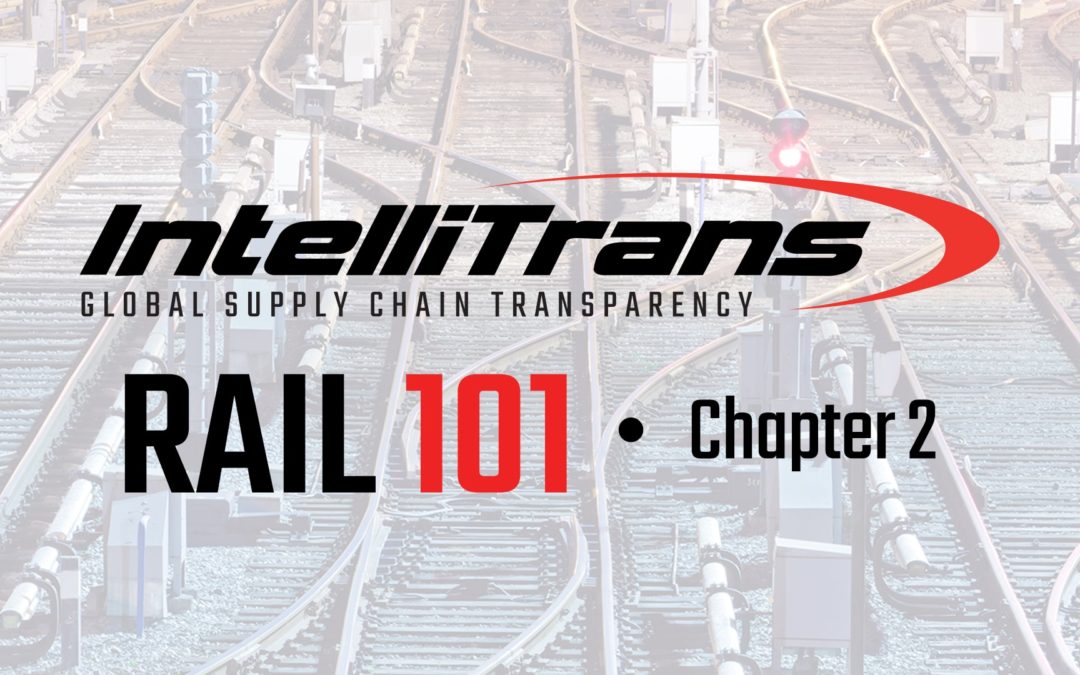
by IntelliTrans | Apr 15, 2020 | Rail101
RAIL INDUSTRY OVERVIEW Rail Freight Equipment Within the North American (United States, Canada and Mexico) rail system as of 2018, there were an estimated 1,670,000 freight cars in service. Of these, 19% were owned by the rail carriers, 53% were owned by...

